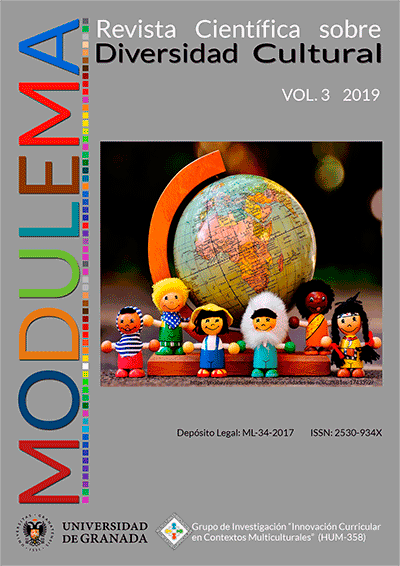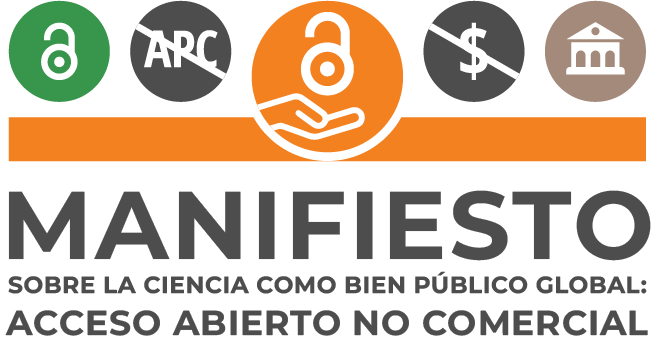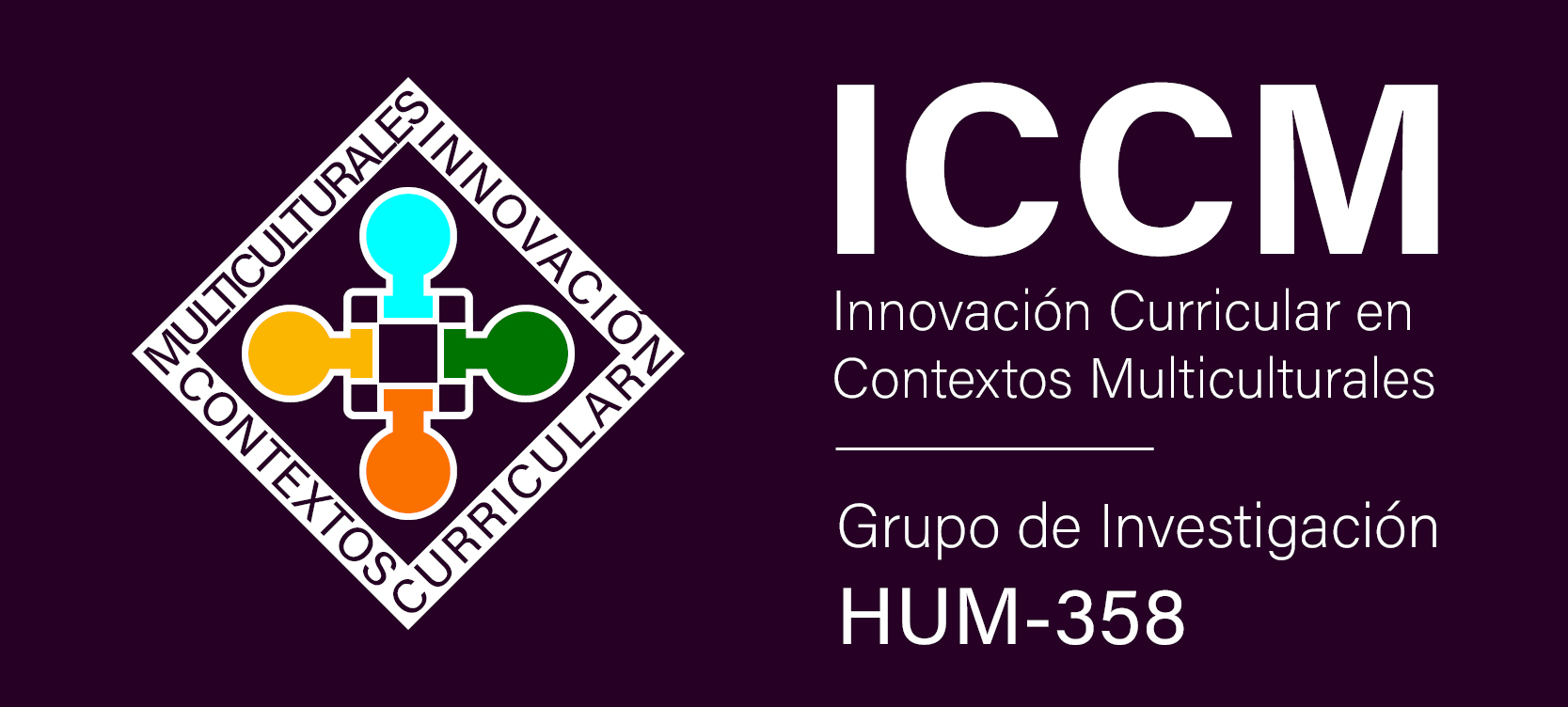A PROJECT TO APPROACH HISTORY AND SOCIOLINGUISTICS TOWARDS THE UNDERSTANDING HUMAN DISSYMMETRIES. A GOOD LISTENER, FEW WORDS ENOUGH?
DOI:
https://doi.org/10.30827/modulema.v3i0.8373Keywords:
history, sociolinguistics, dissymmetry, globalization, communicationAbstract
This article is related to a project that build a methodological structure forthe analysis of interviews in the field of Oral History enriched by proposalsfrom Interactional Sociolinguistics. Thus, it aims to discover new paths that(re)signify the stories of “bodies and souls in movement”, as well as signals tothe propositions of understanding the diversities throughout the recognitionand the acceptance of the human dissymmetries. The central idea is to assertthe articulation “language-communication-history”, in order to bring to thesurface multiple (implicit and explicit) elements that make up the vast oceanof the pluralities of human expressions.Downloads
References
Aarts, J. (1991). Intuition-based and observation-based grammars. En: K. Aijmer y B.Altenberg. (Eds.), English corpus linguistics. Studies in honor of Jan Svartvik (p. 44-62). Londres, UK: Longman.
Alberti, V. (2008). Histórias dentro da História. En: C.B. Pinsky (org.). Fontes Históricas. (p. 155-202). São Paulo, Brasil: Contexto.
Aristóteles. (2006). De anima. Tradução Marília Cecília Gomes dos Reis. São Paulo, Brasil: Editora 34.
Blommaert, J. (2007). Sociolinguistics and discourse analysis: Orders of indexicality and polycentricity. Journal of multicultural discourse, Ugent, 2(2), 115-130.
Blommaert, J. (2010). The Sociolinguistics of Globalization. Cambridge, Estados Unidos: Cambridge University Press.
Blommaert, J. (2017). Society through the lens of language: A new look at social groups and integration. Recuperado de https://www.tilburguniversity.edu/upload/0a9afaa2-3e77-4ff4-b267-899296bf4150_TPCS_178_Blommaert.pdf.
Charaudeu, P. y Maingueneau, D. (2002). Dictionnaire d’Analyse du Discours, Paris, Francia: Editions du Seuil.
Charaudeu. P. (2011). Dize-me qual é teu corpus, eu te direi qual é a tua problemática. Revista Diadorim, 10, 1-23.
Freitas, A.J; Araújo, C.S y Sales, T.B (2017). O que essa entrevista está documentando?. História Oral, 20(2), 237-251.
Gumperz, J.J. y Hymes, D. (1972.). Directions in Sociolinguistics. Holt, Rinehart, and Winstom. USA: INC.
Gumperz, J.J. (1972). The Speech Community. En: P.P. GIGLIOLI. (Ed.). Language and Social Context: Selected Readings. (p. 219-231). UK: Penguim Books.
Gumperz, J.J.(2002) Convenções de Contextualização. En: B.T. Ribeiro y P. GARCEZ (Orgs.). Sociolingüística Interacional. (p. 149-182). São Paulo, Brasil: Edições Loyola. Orlandi, E.P. (2012). Discurso em análise: Sujeito, sentido, ideologia. Campinas, Brasil: Pontes.
Orlandi, E.P. (2014). Parkour: corpo e espaço reescrevem o sujeito. Revista Língua e Instrumentos Linguísticos, 34.
Orlandi, E.P. (2017). Eu, Tu, Ele – Discurso e Real da História. Campinas, Brasil: Pontes Editores.
Ribeiro, B.T. e Garcez, P. (2002). Sociolinguística interacional. São Paulo, Brasil: Loyola.
Silva, M.L.A. (2009) A linguística e a sociolinguística numa perspectiva brasileira. Revista Filosofia Capital, 4(8), 23-39.


















